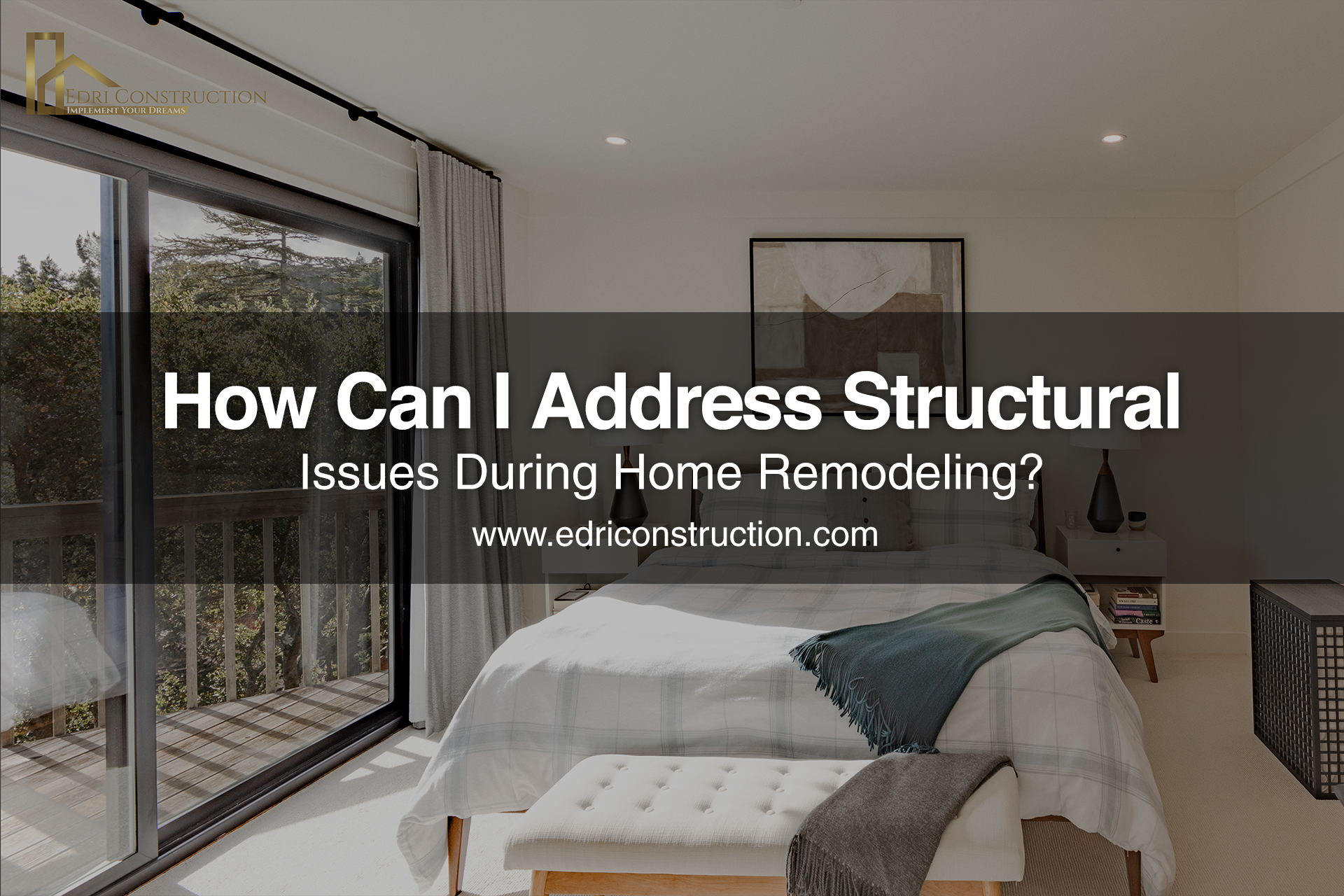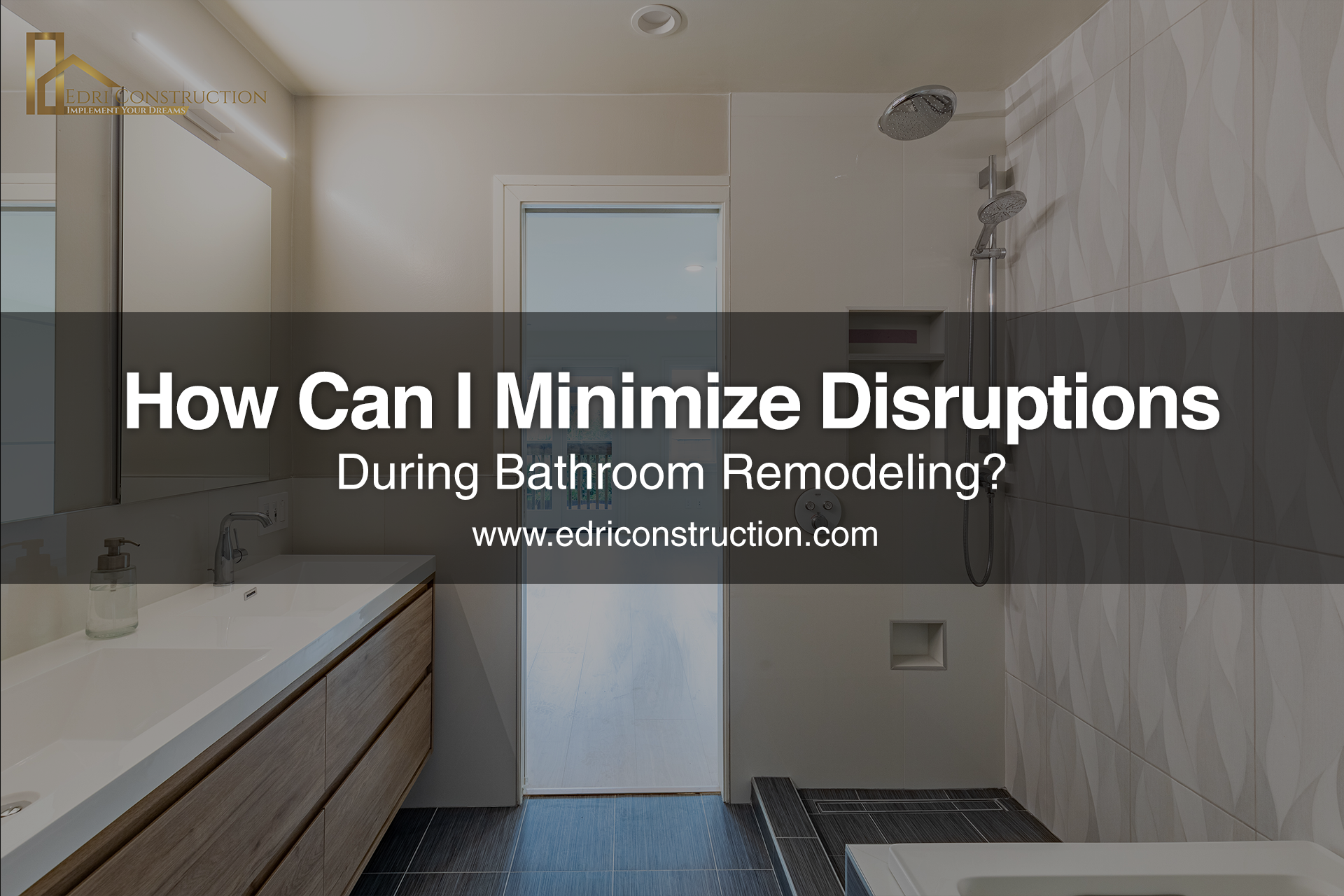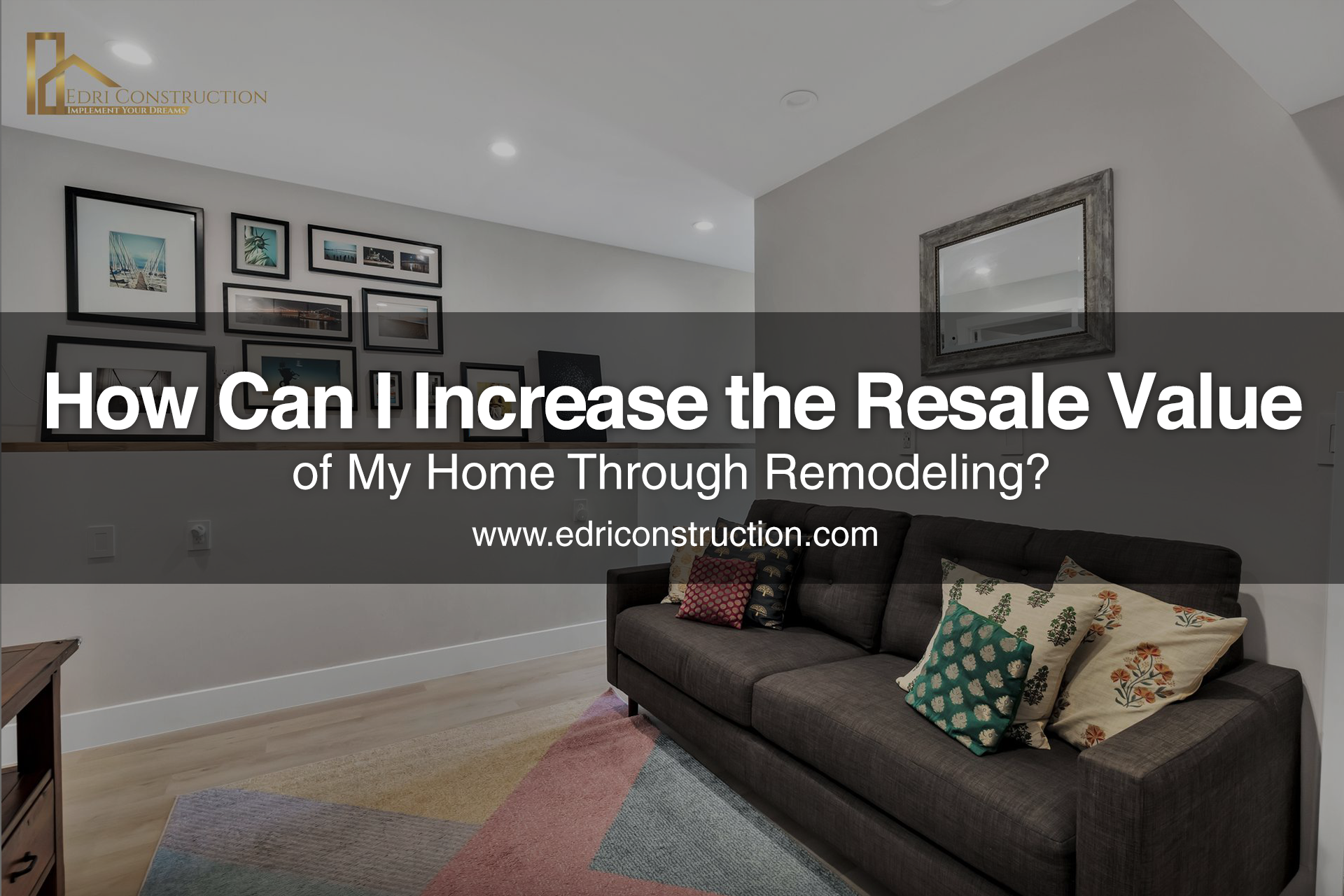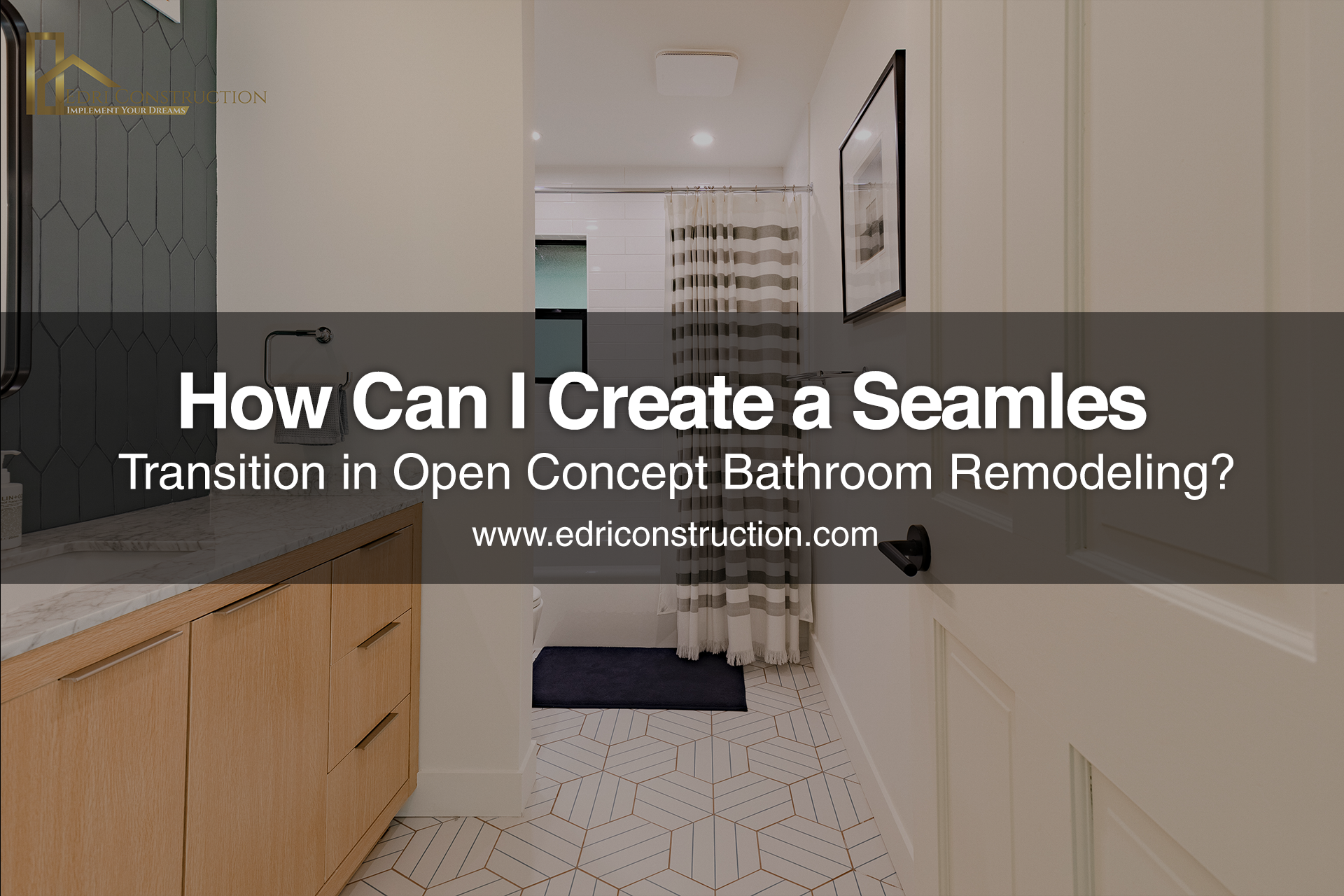How Do I Choose the Right Lighting Fixtures for Home Remodeling?
INTRODUCTION

In the intricate journey of home remodeling, lighting stands as a vital but often overlooked element. Far beyond just illuminating a space, lighting fixtures hold the power to shape ambiance, enhance functionality, and elevate aesthetic appeal. Whether embarking on a new build or breathing fresh life into an existing home, the careful selection of lighting fixtures is paramount in crafting a comfortable and inviting atmosphere.
First and foremost, consider the functionality of each space when selecting lighting fixtures. Different areas of the home require varying levels and types of lighting. For instance, task lighting is crucial in areas like the kitchen or home office, where focused illumination is needed for activities such as cooking or reading. Ambient lighting, on the other hand, provides overall illumination and sets the mood in living rooms and bedrooms. By understanding the specific lighting needs of each space, you can choose fixtures that fulfill both practical and aesthetic requirements.
Next, pay attention to the style and design of your home when selecting lighting fixtures. Whether your aesthetic leans towards modern minimalism or classic elegance, there are lighting options to suit every style. Consider factors such as the shape, finish, and materials of the fixtures to ensure they complement the overall design scheme of your home. Additionally, don't be afraid to mix and match different types of fixtures to add visual interest and dimension to your space.
Another crucial consideration is the size and scale of the lighting fixtures in relation to the room. Oversized fixtures can overwhelm small spaces, while undersized fixtures may not provide adequate illumination in larger rooms. Take measurements and consider the proportions of the space when choosing fixtures to ensure they strike the right balance and create a harmonious visual impact.
Additionally, think about the flexibility and versatility of the lighting fixtures you select. Adjustable fixtures such as track lighting or pendant lights with adjustable height allow you to customize the lighting in each space according to your needs and preferences. This versatility ensures that your lighting can adapt to different activities and occasions, providing maximum functionality and comfort.
Understanding Your Needs

Before diving into the world of lighting fixtures, it's crucial to take a step back and assess your unique requirements and preferences. Lighting is not a one-size-fits-all solution; it's highly personal and should be tailored to suit the specific needs and characteristics of your home and lifestyle.
Start by considering the size and layout of your home. Larger spaces may require multiple light sources to ensure even illumination, while smaller rooms may benefit from focused lighting to create a cozy atmosphere. Take note of any architectural features or focal points that you want to highlight, as well as any areas that may require additional lighting for safety or practicality.
Next, think about the activities performed in each room. For example, kitchens and home offices may require bright task lighting to facilitate cooking or reading, while living rooms and bedrooms may benefit from softer ambient lighting to create a relaxing environment. By understanding how each space is used, you can choose lighting fixtures that enhance functionality and comfort.
Consider the desired ambiance you wish to create in each room. Are you aiming for a warm and inviting atmosphere, or do you prefer bright and airy spaces? The type of lighting you choose – whether warm or cool, dimmable or fixed – will have a significant impact on the mood and feel of your home. Think about how you want each space to look and feel, and select lighting fixtures that help you achieve that vision.
Building Home and Remodeling Show: A Source of Inspiration
Attending a building home and remodeling show can be an excellent way to gain valuable inspiration and insights into the latest trends and innovations in lighting fixtures. These shows offer a unique opportunity to explore a wide array of lighting options from leading manufacturers, designers, and industry experts, all under one roof.
One of the key benefits of attending a home remodeling show is the chance to see lighting fixtures up close and in person. While browsing online or flipping through catalogs can be helpful, there's no substitute for seeing fixtures in real life. At these shows, you can examine different designs, materials, and finishes, and get a feel for how they might look and function in your own home.
In addition to exploring different lighting options, home remodeling shows often feature demonstrations and presentations from industry professionals. These experts can provide valuable insights into the latest trends and technologies in lighting design, as well as offer practical advice on how to incorporate lighting into your remodeling project effectively.
Another advantage of attending home remodeling shows is the opportunity to discover new and innovative lighting solutions. From energy-efficient LED fixtures to smart lighting systems that can be controlled remotely, these shows showcase cutting-edge technologies that can enhance the functionality and efficiency of your home's lighting.
Comfort Home Remodeling Design: Harmonizing Lighting with Décor

Achieving a harmonious and comfortable home remodeling design involves more than just selecting the right furniture and color scheme; it also requires careful consideration of lighting fixtures. Lighting plays a crucial role in setting the mood, highlighting architectural features, and enhancing the overall ambiance of your space. When selecting lighting fixtures for your home remodeling project, it's essential to seamlessly integrate them with your interior décor.
Start by taking stock of the existing color scheme, furniture, and architectural elements of each room. Consider the overall style and vibe you want to achieve, whether it's modern and minimalist or cozy and traditional. Look for lighting fixtures that complement these elements and enhance the visual appeal of your space. For example, if you have a contemporary living room with clean lines and neutral colors, opt for sleek and modern lighting fixtures that add a touch of sophistication without overpowering the space.
Similarly, if you have a rustic kitchen with exposed wooden beams and vintage-inspired décor, consider incorporating lighting fixtures with a rustic or industrial aesthetic. Think pendant lights with metal accents or chandeliers with distressed finishes that add character and charm to the space while providing ample illumination for cooking and dining.
When selecting lighting fixtures, pay attention to scale and proportion to ensure they fit seamlessly within the room. Oversized fixtures can overwhelm small spaces, while undersized fixtures may not provide enough light in larger rooms. Take measurements and consider the layout of the room to determine the appropriate size and placement of lighting fixtures.
Construction and Home Remodeling: Planning for Lighting
Proper planning is a cornerstone of successful construction and home remodeling projects, and when it comes to lighting, meticulous planning is particularly crucial. Working closely with your contractor or interior designer to develop a comprehensive lighting plan ensures that each room is well-lit and functional while also enhancing the overall aesthetic appeal of your space.
Start by considering the specific needs and functions of each room. For example, kitchens and home offices may require bright task lighting for cooking or working, while living rooms and bedrooms may benefit from softer ambient lighting to create a cozy atmosphere. By identifying the primary activities that will take place in each room, you can determine the type and placement of lighting fixtures needed to support those activities effectively.
Take into account natural light sources, such as windows and skylights, when planning the placement of lighting fixtures. Natural light can significantly impact the overall lighting scheme of a room, so it's essential to consider how artificial lighting will complement or supplement natural light sources. Position fixtures strategically to fill in any gaps and provide consistent illumination throughout the day.
Consider the existing electrical wiring in your home and determine if any modifications or additions are needed to accommodate new lighting fixtures. Work with your contractor to ensure that wiring is installed safely and efficiently, taking into account building codes and regulations.
Easy Home Remodeling Projects: Upgrading Lighting

For homeowners looking to embark on easy home remodeling projects, upgrading lighting fixtures can be a simple yet impactful way to breathe new life into your space. By assessing the existing fixtures in your home and identifying areas that could benefit from enhancement, you can make significant improvements with minimal effort.
Start by taking a walk through your home and paying attention to the lighting fixtures in each room. Are there any fixtures that look outdated or worn? Are there areas where the lighting feels dim or inadequate? These are the areas where you can focus your efforts to make the most impact with your lighting upgrades.
Swapping outdated fixtures for modern, energy-efficient alternatives is a quick and easy way to refresh the look of your space while also reducing energy consumption. Look for fixtures with LED bulbs, which are not only more energy-efficient but also have a longer lifespan than traditional incandescent bulbs. LED fixtures come in a variety of styles and designs, from sleek and modern to classic and traditional, so you're sure to find options that suit your taste and complement your décor.
Focus on high-traffic areas such as the kitchen, living room, and entryway when upgrading your lighting fixtures. These are the areas where you and your family spend the most time, so it's important to ensure that they are well-lit and functional. Consider installing recessed lighting in the kitchen to provide bright, even illumination for cooking and meal prep. In the living room, swap out a dated overhead fixture for a stylish pendant light or chandelier to add visual interest and ambiance.
Home Remodeling Advice: Consulting Lighting Experts
When it comes to making decisions about lighting fixtures for your home remodeling project, seeking advice from lighting experts or professional designers can be invaluable. These professionals have the knowledge and expertise to offer guidance tailored to your specific needs and preferences, helping you navigate the vast array of options available and select fixtures that meet both your functional and aesthetic requirements.
Whether you're feeling overwhelmed by the sheer number of lighting options or simply unsure about which fixtures would work best in your space, lighting specialists can provide valuable insights and recommendations to help you make informed decisions. They can take into account factors such as the size and layout of your rooms, the existing décor and architectural features, and your personal style preferences to recommend fixtures that will enhance the overall look and feel of your home.
One of the primary benefits of consulting with lighting experts is their ability to help you achieve the perfect balance between form and function. While aesthetics are certainly important when it comes to selecting lighting fixtures, functionality should also be a top priority. Lighting specialists can help you strike the right balance by recommending fixtures that not only look great but also provide the appropriate level of illumination for each area of your home.
Whether you're looking for statement pieces to make a bold impact or subtle accents to complement your existing décor, lighting experts can guide you towards fixtures that align with your vision and budget. They can help you explore different styles, finishes, and technologies to find fixtures that suit your taste and lifestyle while also ensuring optimal performance and efficiency.
Home Remodeling Couple: Collaborating on Lighting Choices
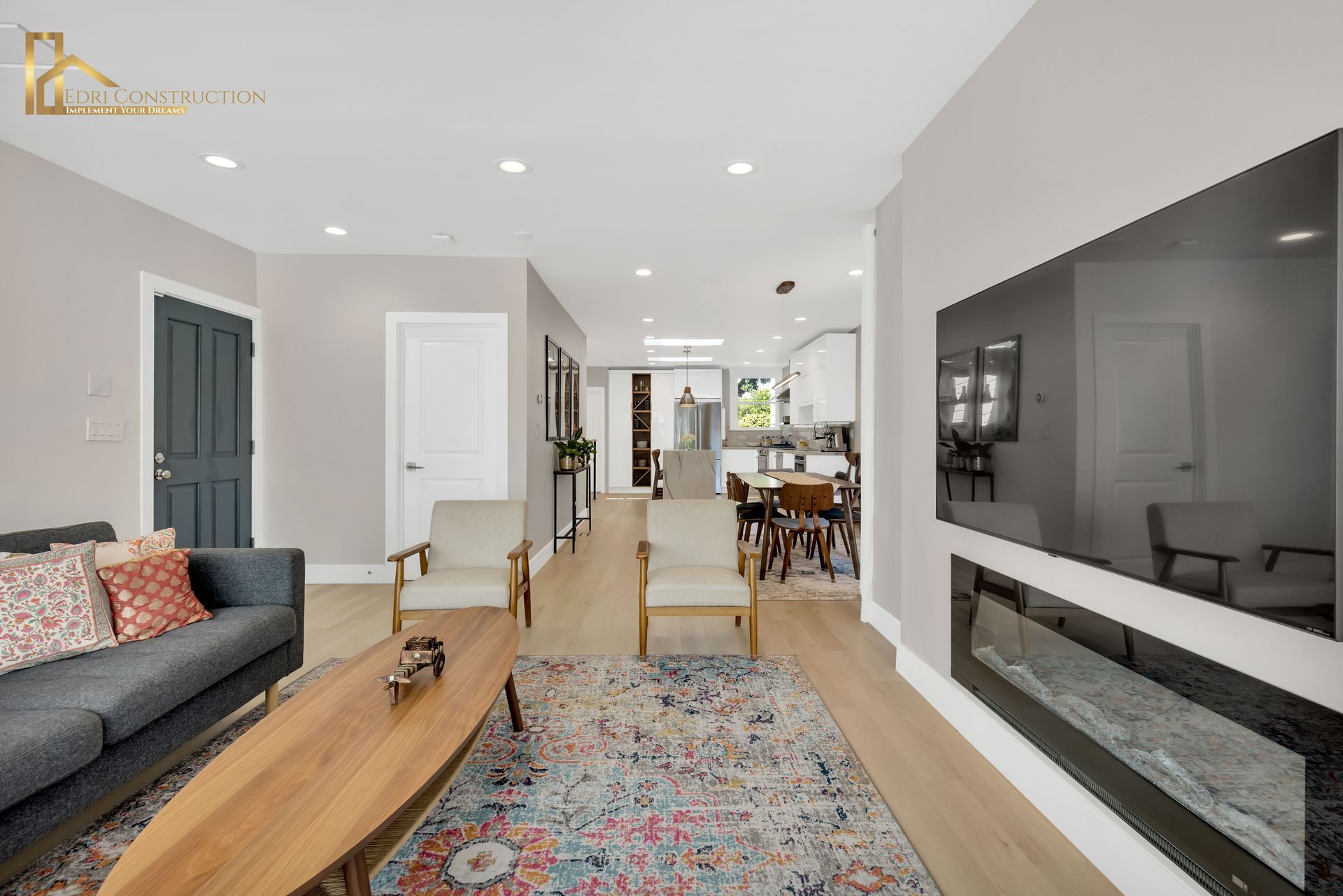
Communication is key when it comes to making decisions about lighting. Take the time to sit down with your partner and discuss your individual preferences, priorities, and concerns. Maybe you love the warm glow of Edison bulbs, while your partner prefers sleek, modern designs. Understanding each other's preferences will help you find common ground and make compromises that satisfy both of you.
As you explore different styles and designs, keep an open mind. Visit lighting stores together or browse online catalogs to gather inspiration. Pay attention to how different fixtures contribute to the ambiance of a room and discuss what you like or dislike about each one. This process can be a fun opportunity to learn more about each other's tastes and discover new styles you both love.
Remember that compromise is key to successful collaboration. You may need to make concessions on certain aspects of the lighting design to accommodate your partner's preferences, and vice versa. Keep an open dialogue throughout the decision-making process and be willing to consider alternative options that meet both of your needs.
Once you've narrowed down your choices, think about how each fixture will function within your home. Consider factors like the size and layout of the room, the amount of natural light it receives, and the activities that take place there. For example, you might want brighter, task-oriented lighting in the kitchen, while softer, ambient lighting may be more suitable for the bedroom or living room.
Home Remodeling Ideas for Small House: Maximizing Space with Lighting
First off, embrace multifunctional lighting solutions. Recessed lights are like the chameleons of illumination, blending seamlessly into ceilings to provide ample brightness without stealing precious space. Wall sconces, those elegant fixtures adorning vertical surfaces, offer both ambient and task lighting without hogging valuable floor real estate. And let's not forget pendant fixtures, those stylish stalwarts of overhead illumination that add flair while keeping sightlines clear.
But lighting isn't just about fixtures—it's also about the magic they create. Enter mirrors and reflective surfaces. Strategically placed mirrors bounce light around like gleeful acrobats, doubling the perceived size of a room and banishing shadows to the realm of distant memory. Reflective surfaces, from glossy countertops to gleaming floors, further amplify the luminous effects, transforming cramped quarters into luminous wonderlands.
When it comes to maximizing space, every inch counts. That's why it's crucial to consider the scale and placement of your lighting fixtures. Opt for sleek, streamlined designs that blend seamlessly into your surroundings. Avoid bulky or oversized fixtures that overpower the space and opt instead for slim profiles that complement the proportions of your home.
Layering is another key strategy in small-space lighting design. Instead of relying solely on one central source of light, incorporate multiple layers of illumination to create depth and dimension. Combine overhead fixtures with task lighting, such as desk lamps or under-cabinet lights, to provide focused brightness where it's needed most. This approach not only enhances functionality but also adds visual interest to your space.
Home Remodeling Materials: Choosing Quality Fixtures
First and foremost, quality materials ensure durability and longevity. When it comes to lighting fixtures, opting for high-quality materials like brass, steel, or glass is a smart investment. These materials not only boast a timeless elegance but also stand up to the wear and tear of daily life. Unlike cheaper alternatives, which may deteriorate over time or succumb to corrosion, fixtures crafted from premium materials are built to last, ensuring that your investment pays dividends for years to come.
But it's not just about durability—quality materials also enhance the aesthetic appeal of your space. Brass fixtures exude a sense of warmth and sophistication, while steel offers a sleek, modern aesthetic. Glass fixtures, with their translucent beauty, add a touch of elegance and refinement to any room. By choosing fixtures made from high-quality materials, you can elevate the style quotient of your space and create a look that's both timeless and tasteful.
When selecting lighting fixtures, it's also important to consider the finish and texture. A brushed nickel finish can lend a subtle sheen to your space, while an antique bronze finish adds a touch of vintage charm. Textured glass shades or intricately patterned metalwork can add visual interest and depth to your lighting design, creating a focal point that commands attention.
Investing in durable and well-crafted lighting fixtures isn't just about enhancing the aesthetic appeal of your home—it's also about adding value. Quality fixtures not only elevate the look and feel of your space but also enhance its resale value. Potential buyers are more likely to be impressed by high-quality materials and craftsmanship, making your home more attractive on the market.
Interior Design Home Remodeling: Integrating Lighting into Design

Layering is essential. Just like a perfectly orchestrated symphony, your lighting design should incorporate multiple layers to create depth and dimension. Ambient lighting provides overall illumination, while task lighting illuminates specific areas for work or activities. Accent lighting adds drama and highlights architectural details or artwork. By layering these different types of lighting, you can create a dynamic and visually interesting environment that suits your lifestyle and preferences.
Scale and proportion matter. When selecting lighting fixtures, it's important to consider the scale and proportion of your space. Oversized fixtures can overwhelm a room, while undersized fixtures may get lost in the shuffle. Work with your designer to choose fixtures that are appropriately sized for each space, taking into account the height of the ceilings, the size of the room, and the overall design scheme.
Think beyond the fixture. Lighting design isn't just about the fixtures themselves—it's also about the effect they create. Consider how different types of light bulbs and finishes can impact the ambiance of a room. Warm-toned bulbs can create a cozy atmosphere, while cooler tones can lend a more modern feel. Similarly, matte finishes can add a touch of sophistication, while shiny finishes can reflect light and make a space feel larger.
Don't forget about flexibility. Your lighting needs may change throughout the day and depending on the activities taking place in each room. Incorporating dimmer switches or adjustable fixtures allows you to customize the lighting levels to suit your mood and needs. This flexibility ensures that your lighting scheme remains versatile and adaptable to your lifestyle.
Renew Home Remodeling: Sustainable Lighting Solutions
But it's not just about the bulbs—consider the fixtures themselves. Choose designs that prioritize sustainability, crafted from materials like recycled glass or sustainably sourced wood. Many manufacturers now offer stylish fixtures made with eco-friendly materials, allowing you to illuminate your space with both conscience and flair.
Take your energy savings a step further by incorporating smart lighting controls. Motion sensors and timers can automatically adjust lighting levels based on occupancy or time of day, ensuring lights are only on when needed. This not only conserves energy but also enhances convenience and peace of mind, especially for busy households.
When planning your lighting layout, consider natural light as well. Maximizing daylight not only reduces reliance on artificial lighting but also promotes a healthier indoor environment. Strategically placed windows, skylights, and light tubes can flood your space with natural light, reducing the need for electric lighting during the day.
Finally, don't forget about proper disposal. When it's time to replace old bulbs or fixtures, be sure to recycle them responsibly. Many communities offer recycling programs for light bulbs and fixtures, preventing hazardous materials from ending up in landfills and allowing valuable components to be reused or repurposed.
Conclusion
Choosing the right lighting fixtures for home remodeling is a multifaceted process that requires careful planning, creativity, and attention to detail. By understanding your needs, exploring different options, and collaborating with experts, you can create a lighting scheme that enhances the beauty, functionality, and comfort of your living spaces. Whether you're building a new home or renovating an existing one, investing in quality lighting fixtures is an essential step towards creating a welcoming and inviting environment that you'll enjoy for years to come.
Frequently Asked Questions (FAQ) - Choosing the Right Lighting Fixtures for Home Remodeling
How do I determine the right type of lighting fixture for each room in my home?
Consider the function and ambiance you want to achieve in each room. For example, bright and task-oriented lighting works well in kitchens and home offices, while soft and ambient lighting is ideal for bedrooms and living rooms.
What are some common mistakes to avoid when selecting lighting fixtures for home remodeling?
Avoid choosing fixtures that are too large or too small for the space, neglecting the importance of layering lighting, and forgetting to consider the color temperature of bulbs in relation to the room's color scheme.
How can I incorporate energy-efficient lighting solutions into my home remodeling project?
Look for fixtures that are ENERGY STAR certified or use LED technology, which consume less energy and last longer than traditional incandescent bulbs. Additionally, consider installing sensors or timers to automate lighting usage and further conserve energy.
Can I mix different styles of lighting fixtures in the same room?
Yes, mixing different styles of lighting fixtures can add visual interest and depth to a room's design. However, it's essential to ensure that the fixtures complement each other and contribute to the overall aesthetic harmony.
What should I consider when choosing outdoor lighting fixtures for my home remodeling project?
When selecting outdoor lighting fixtures, consider factors such as weather resistance, durability, and the desired level of illumination. Opt for fixtures that enhance the architectural features of your home and provide adequate lighting for safety and security.
How can I ensure proper installation of lighting fixtures during the home remodeling process?
Work with experienced electricians or contractors to ensure proper installation of lighting fixtures, including correct placement, wiring, and integration with existing electrical systems. Follow manufacturer guidelines and local building codes to ensure safety and functionality.
Are there any lighting trends I should be aware of for my home remodeling project?
Some current lighting trends include incorporating smart lighting systems for convenience and energy efficiency, using statement pendant lights or chandeliers as focal points, and embracing vintage-inspired designs with a modern twist.
What role does lighting play in enhancing the resale value of my home?
Well-designed and properly installed lighting fixtures can significantly enhance the aesthetic appeal and functionality of your home, thereby increasing its resale value. Potential buyers are often drawn to homes with thoughtfully curated lighting schemes that enhance the overall ambiance and livability of the space.
